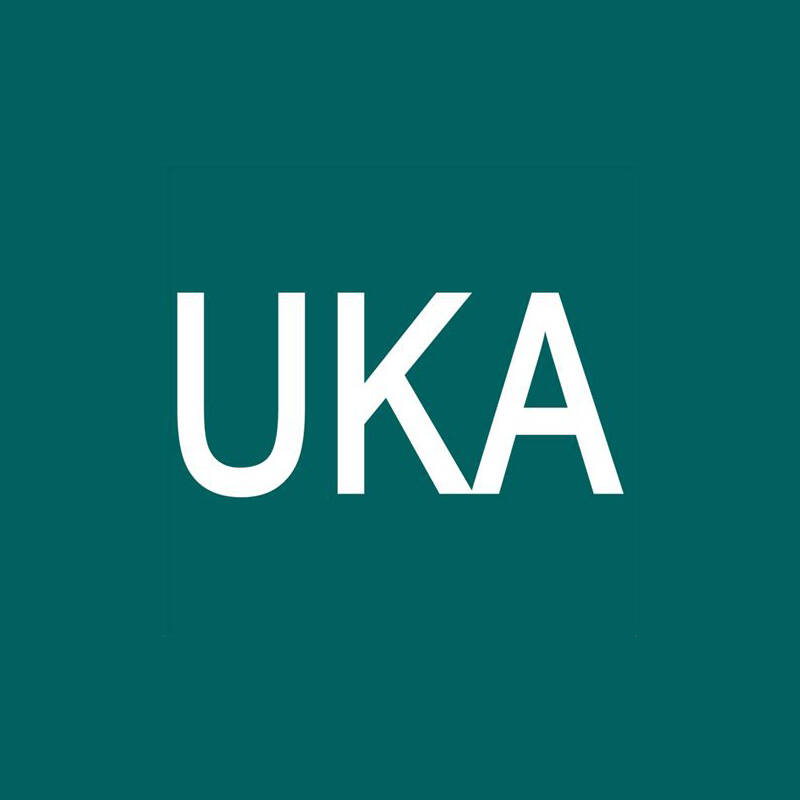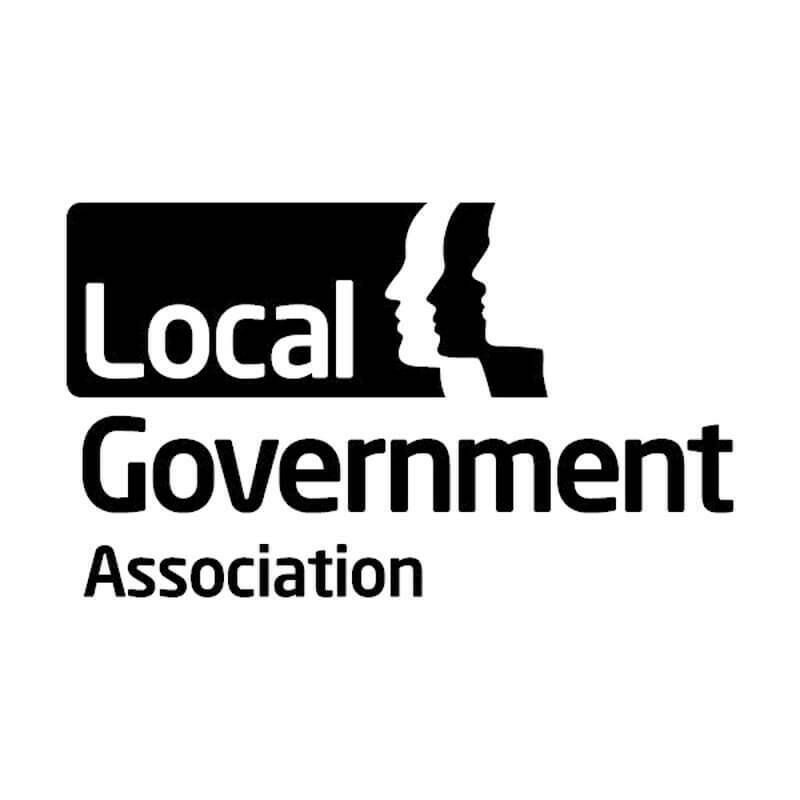The changes aim to simplify local government structures, but the transformations have far-reaching implications for decision-makers and residents alike.
The key to success is better use of what the Local Government Association (LGA) calls local government’s best kept secret – the precise information about place that is already collected and curated by every council, every day.
Importantly, this information is free to use; it is yours already, it is managed by your data officers; and supported by a raft of government resources.
What do we mean by place?
In local authorities, places (addresses and streets) are always defined by precise geographic co-ordinates. In local government databases, these are shown in a standard format as Unique Property Reference Numbers (UPRNs) and Unique Street Reference Numbers (USRNs).
These identifiers enable councils to connect and manage information consistently across departments, systems, and geographies. As services, assets, and responsibilities are realigned, UPRNs and USRNs ensure accurate data matching, smooth transitions, and continuity of critical services.
They provide a vital data foundation, anchoring systems to ‘place’.
UPRNs and USRNs can support a wide range of service delivery in everything from waste collection to fraud prevention, road works to planning decisions, and social care to housing repairs.
How does place make a difference?
When senior decision-makers know precisely how and where services are provided, all kinds of improvements are possible – not just in the reorganisation process. In fact, these identifiers have been described by the LGA as ‘key to almost everything that’s delivered or achieved by councils’.
Most importantly, UPRNs and USRNs make it possible to link data across different departments, even if they are using different systems.
UPRNs and USRNs can be used to connect the data between organisations old and new, and to pinpoint locations, rather than an individual, which is of huge importance when working with the General Data Protection Regulations.
Two simple recommendations to ensure success
Reorganisation is far more likely to succeed when place is factored in and prioritised in two ways:
- location data must be embedded in all data migration, integration, and service planning
- the in-house expertise responsible for location data –in particular your Street and Address Gazetteer Custodians – need to be engaged at an early stage.
GeoPlace and the LGA’s data team offers senior decision-makers all the support needed to navigate these challenges.
External Link
UPRNs & USRNs in local government reorganisation
UK Authority has published an article on how the unique property and street identifiers provide an important asset in the consolidation and disaggregation of systems and datasets.

Supporting local authorities through reorganisation
- GeoPlace offers a wide range of resources to local authorities, including case studies that show how councils have already aligned their address and street gazetteer systems in local government reorganisation:
- combining five authorities (Dorset)
- integrating disparate systems (Buckinghamshire)
- transition to a unitary (Somerset)
- splitting an authority (Cumberland/ Westmorland and Furness Councils)
At the recent 2025 GeoPlace conference, discussions among local authorities produced many insights around the impacts of disaggregation and mergers, including:
- Devolution – what are the impacts for the disaggregation and merging of local authorities? Cheshire East Council
- Devolution – what are the impacts for the disaggregation and merging of local authorities? BCP Council
- Devolution – what are the impacts for the disaggregation and merging of local authorities? Westmorland & Furness Council
Unlocking location data value
GeoPlace’s data team can advise on issues such as merging data from different authorities, breaking up street and address data, and even topics such as the use of terminology or agreements on how location data should be processed.
GeoPlace also offers a procurement guide, and support to senior decision-makers who want to find out more about the ‘best kept secret’ in their own authority.
The LGA, GeoPlace and techUK have run a series of webinars on how best to utilise this data:
- Derive efficiencies and insight from the data you didn’t know you had featuring a local authority chief executive and former council leader - utilise the resources available to derive efficiencies and insight from the data you didn’t know you had
- Best kept secret: unlocking the hidden value of your data featuring a local authority realising a 6:1 ROI on the use of the data
- How local authorities can achieve millions in efficiency savings from location data
Local government’s best kept secret
The LGA’s Best Kept Secret programme shines a spotlight on the hidden potential of local authority address and street data, revealing how it can drive better decision-making, improve service delivery, and support local communities. Many councils already collect and maintain high-quality location data as part of their statutory duties, but the full value of this resource often goes untapped.
This programme is designed to showcase real-world examples, practical insights, and innovative uses of address and street data that can unlock efficiencies, enhance public services, and strengthen local policy-making.
Through a series of case studies, webinars, and peer-to-peer learning opportunities, the Best Kept Secret programme helps local authorities explore how they can better integrate, analyse, and apply their data assets. Whether it's improving emergency response times, streamlining waste collection, or supporting social care planning, the programme highlights how better use of location data can lead to smarter, more effective public services.
Read the LGA guide on how to ‘Realise best value from your data assets’. The guide provides a four-step guide to maximising value, which support for each step:
- Assess current usage – identify gaps and opportunities in existing data processes
- Implement and integrate – embed data usage into workflows and systems
- Monitor and improve – track effectiveness and refine based on feedback
- Review and scale – ensure long-term adoption and share best practices
More free resources
1. How well are you using address data and its UPRNs?
Here is an example of the reports available, free of charge, and individually tailored to every local authority in England and Wales
2. Fine the Custodians in your local authority
Talk to the experts already embedded in your local authority. This tool from the LGA connects you to your local Street and Address Custodians


